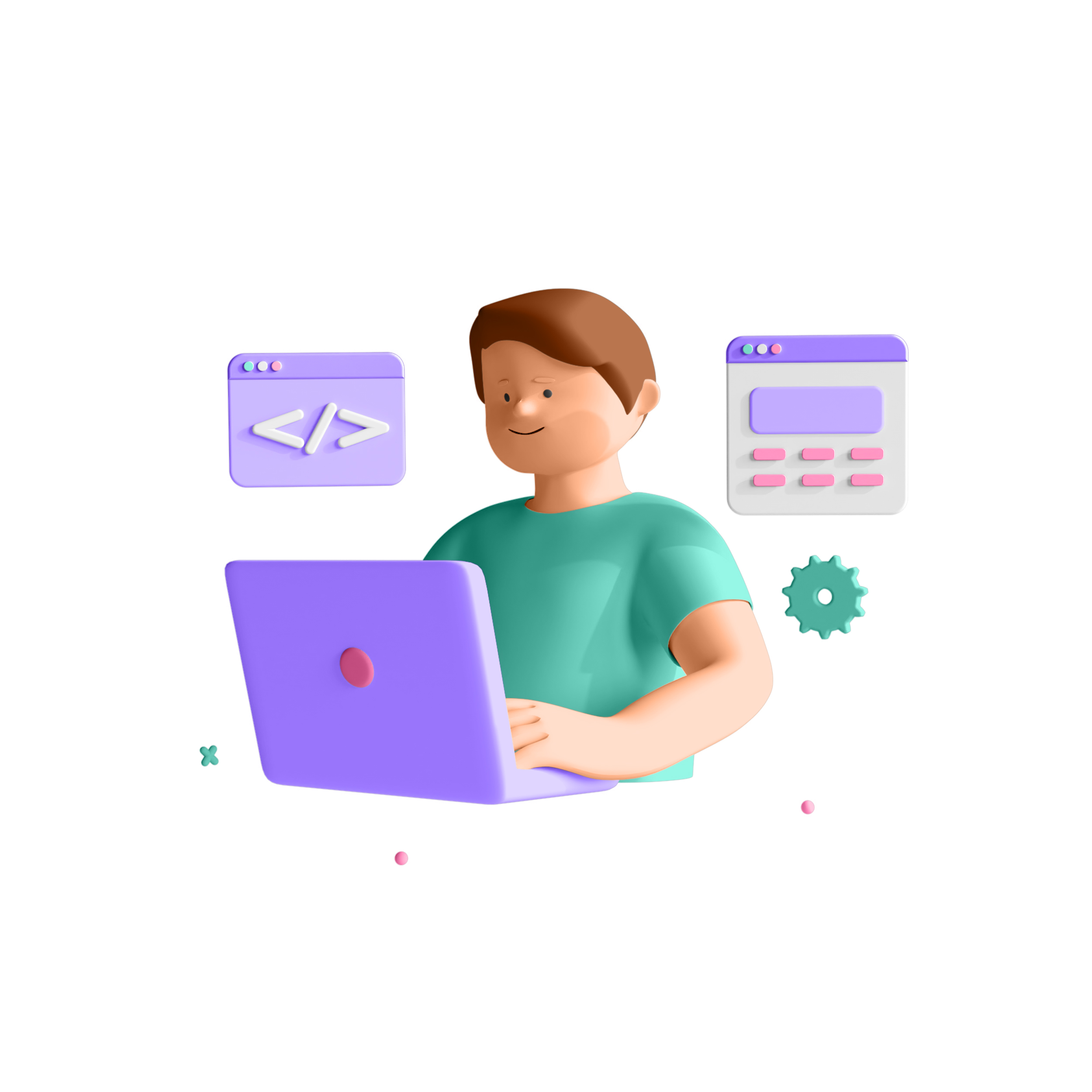Python is a popular and versatile programming language that offers several advantages for web development. Here are some reasons why it is a great choice for web development with python:
- Readability and Simplicity: Python's clean and intuitive syntax makes it easy to read, write, and understand code. Its emphasis on code readability enhances developer productivity and reduces the time required for development and maintenance in a web development companies.
- Large and the Active Community: Python has a wide and lively community of developers. This means there are numerous libraries, frameworks, and resources available to help you in your web development projects. You can leverage the knowledge and support of the community to overcome challenges and find solutions quickly.
- Rich Ecosystem of Frameworks and Libraries: Python provides a wide range of frameworks and libraries for web development. Frameworks like Django and Flask offer powerful tools and features to streamline the development process, handle common web development tasks, and promote best practices. Additionally, there are libraries for specific functionalities like data manipulation (Pandas), scientific computing (NumPy, SciPy), machine learning (scikit-learn, TensorFlow), and more.
- Scalability and Performance: Python in web development performance has improved significantly over the years, thanks to optimizations and enhancements in the language and its implementations (e.g., CPython, PyPy). Additionally, Python integrates well with other languages, allowing you to optimize performance-critical sections of your code using languages like C or C++. With proper optimization and caching techniques, Python can handle high-traffic web applications and scale effectively.
- Integration and Compatibility: It has excellent support for integrating with databases, message queues, web services, and APIs. Python's compatibility across different platforms (Windows, macOS, Linux) makes it an ideal choice for developing cross-platform web applications.
- Testing and Debugging: Python provides robust testing frameworks, such as unittest, pytest, and Django's testing tools, which simplify the testing process. The language's simplicity also aids in debugging and troubleshooting issues effectively.
- Data Analysis and Machine Learning: Python has become a popular choice for data analysis, scientific computing, and machine learning. With libraries like Pandas, NumPy, and scikit-learn, you can easily integrate data analysis and machine learning capabilities into your web applications.
- Job Market and Career Opportunities: Python's popularity has led to a high demand for Python developers in the job market. Mastering Python for web development can open up a wide range of career opportunities and increase your chances of landing lucrative positions.
Web development in Python can be done using a variety of frameworks and tools. In this guide, I'll walk you through the process of building a web application using Python. We'll cover the basics of web development, backend and frontend frameworks, and database integration.
Set up the Development Environment:
- Install Python: From the official website download and install the latest version of Python (https://www.python.org).
- Choose an Integrated Development Environment (IDE): Some popular choices include PyCharm, Visual Studio Code, and Sublime Text.
Learn the Basics:
- HTML and CSS: Understand the fundamentals of HTML for creating the structure of web pages and CSS for styling them.
- JavaScript: Gain knowledge of JavaScript for client-side interactivity and dynamic content.
Choose a Web Framework:
- Django: High-level web framework Django uses the Model-View-Controller (MVC) design principle. It provides a robust set of tools and features for building web applications rapidly also it is the best Front-end Framework For Django.
- Flask: Flask is a lightweight web framework that follows the Model-View-Template (MVT) pattern. It offers simplicity and flexibility, making it an excellent choice for small to medium-sized projects.
Can we use python for back end web development?
- Routing and Views: Define routes and create views or functions that handle requests and generate responses.
- Database Integration: Use an Object-Relational Mapping (ORM) library like Django ORM or SQLAlchemy to interact with databases.
- User Authentication and Authorization: Implement user registration, login, and permission-based access controls.
Can Python be used for front-end web development?
- Template Engines: Use template engines like Django's built-in template engine or Jinja2 for rendering dynamic web pages.
- JavaScript Integration: Integrate JavaScript libraries and frameworks like React, Vue.js, or Angular for enhanced frontend interactivity.
Working with Databases:
- SQL: Learn Structured Query Language (SQL) for managing and querying relational databases.
- ORM: Utilize the ORM provided by your chosen framework to interact with the database using Python code.
APIs and Web Services:
- Building APIs: Develop RESTful APIs using frameworks like Django REST Framework or Flask-RESTful.
- Consuming APIs: Use Python libraries like requests to consume external APIs in your web application.
Testing and Debugging:
- Unit Testing: Write unit tests using frameworks like Django's built-in testing tools, pytest, or unittest to ensure the functionality of individual components.
- Debugging: Utilize debugging tools and techniques to identify and fix issues during development.
Deployment and Scaling:
- Deployment: Deploy your application to a production environment using services like Heroku, AWS Elastic Beanstalk, or Docker.
- Scaling: Implement strategies like load balancing, caching, and horizontal scaling to handle increased traffic and ensure application performance.
Security:
- Input Validation: Validate and sanitize user input to prevent security risks like SQL injection or code execution vulnerabilities.
- Secure Communication: Implement HTTPS/SSL to ensure secure communication between the client and server.
- User Authentication and Authorization: Apply proper security measures for user authentication and authorization, including secure password storage and session management.
Continuous Integration and Deployment (CI/CD):
- Set up a CI/CD pipeline using services like Jenkins, Travis CI, or GitLab CI/CD to automate the build, test, and deployment process.
Performance Optimization:
- Caching: Implement caching techniques, such as Redis or Memcached, to improve the performance of frequently accessed data.
- Code Optimization: Optimize your code and database queries to enhance the overall application performance.
Remember, this guide provides a general overview of the web development process in Python.



